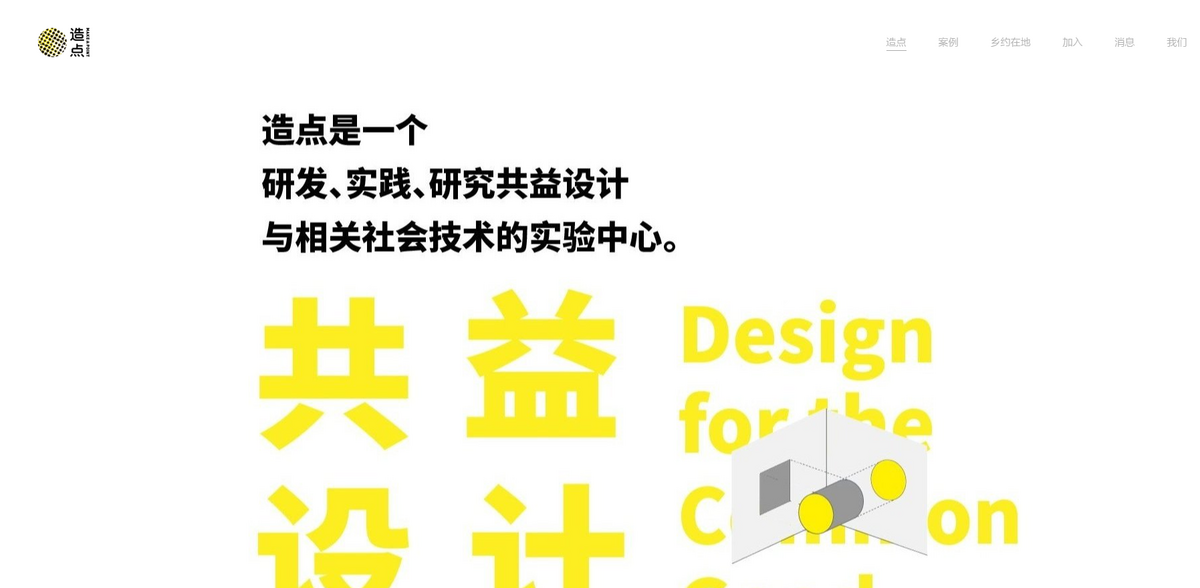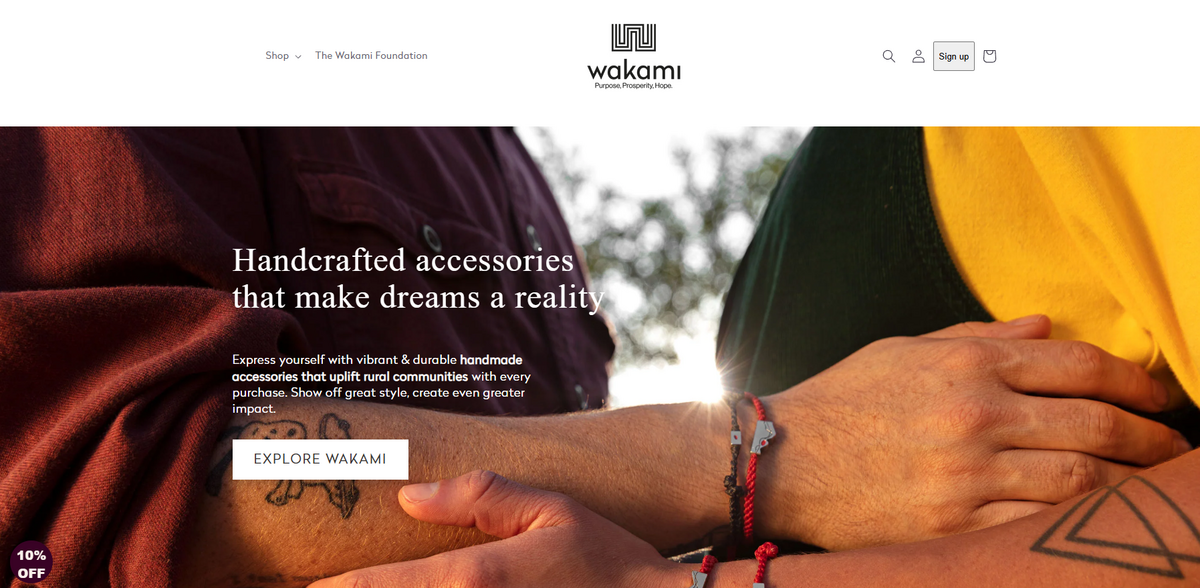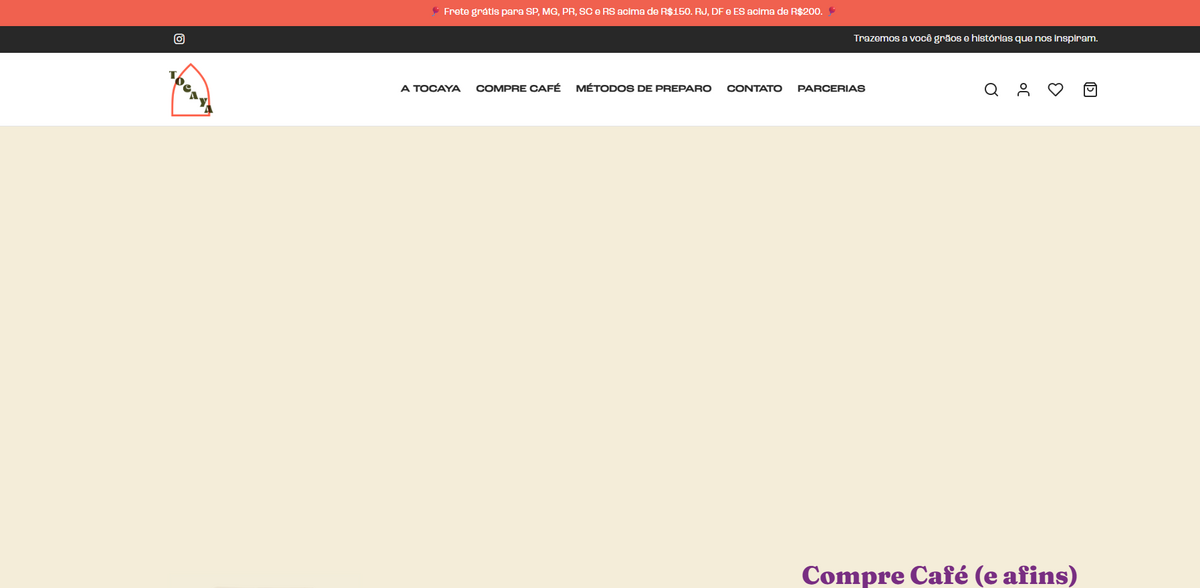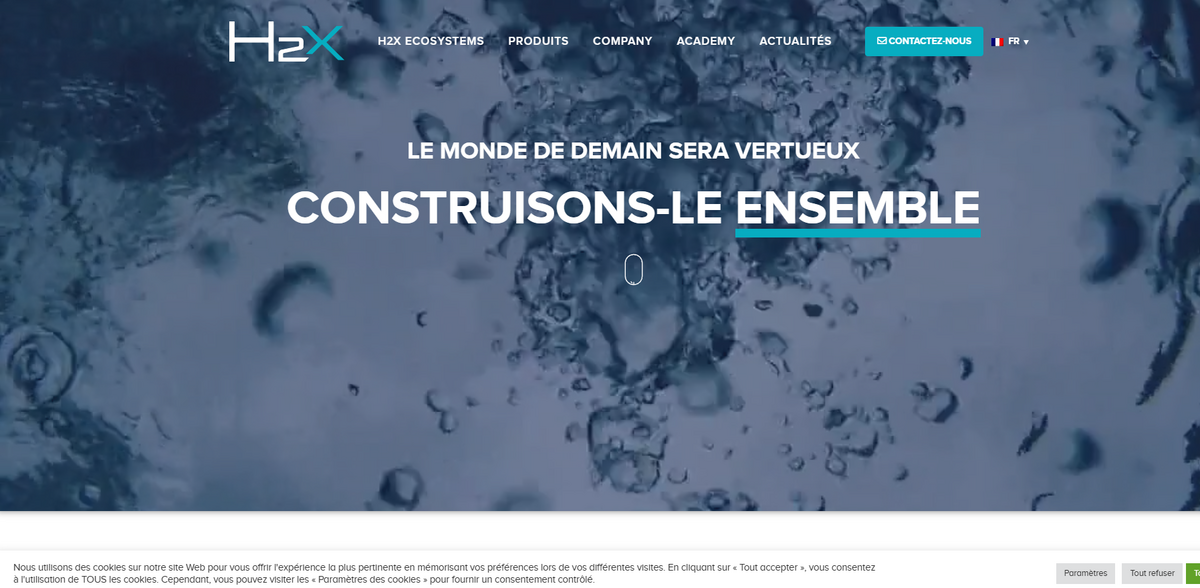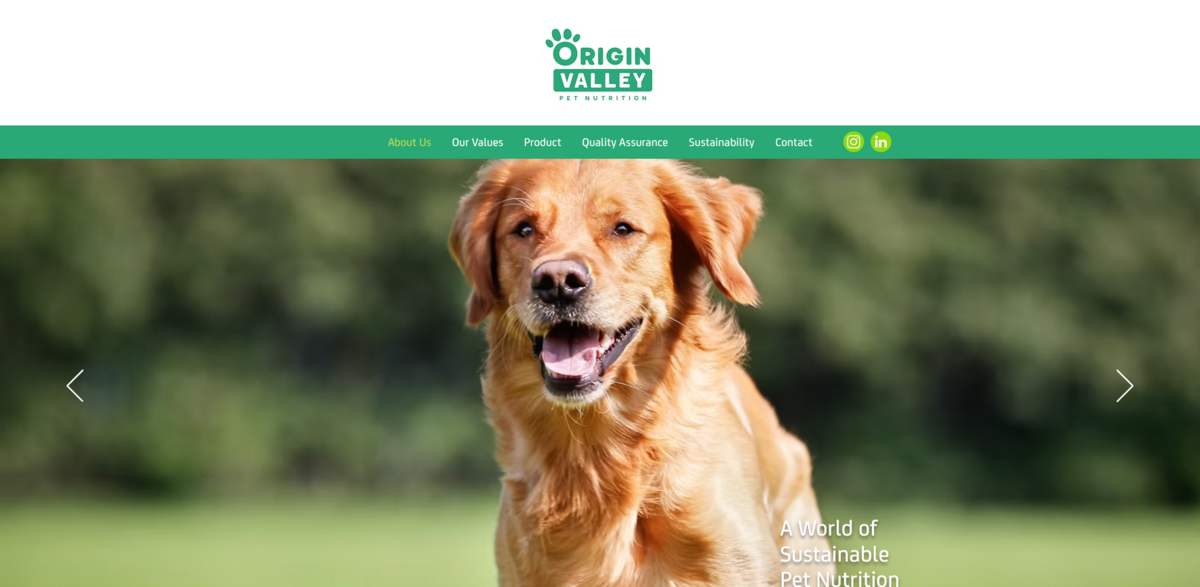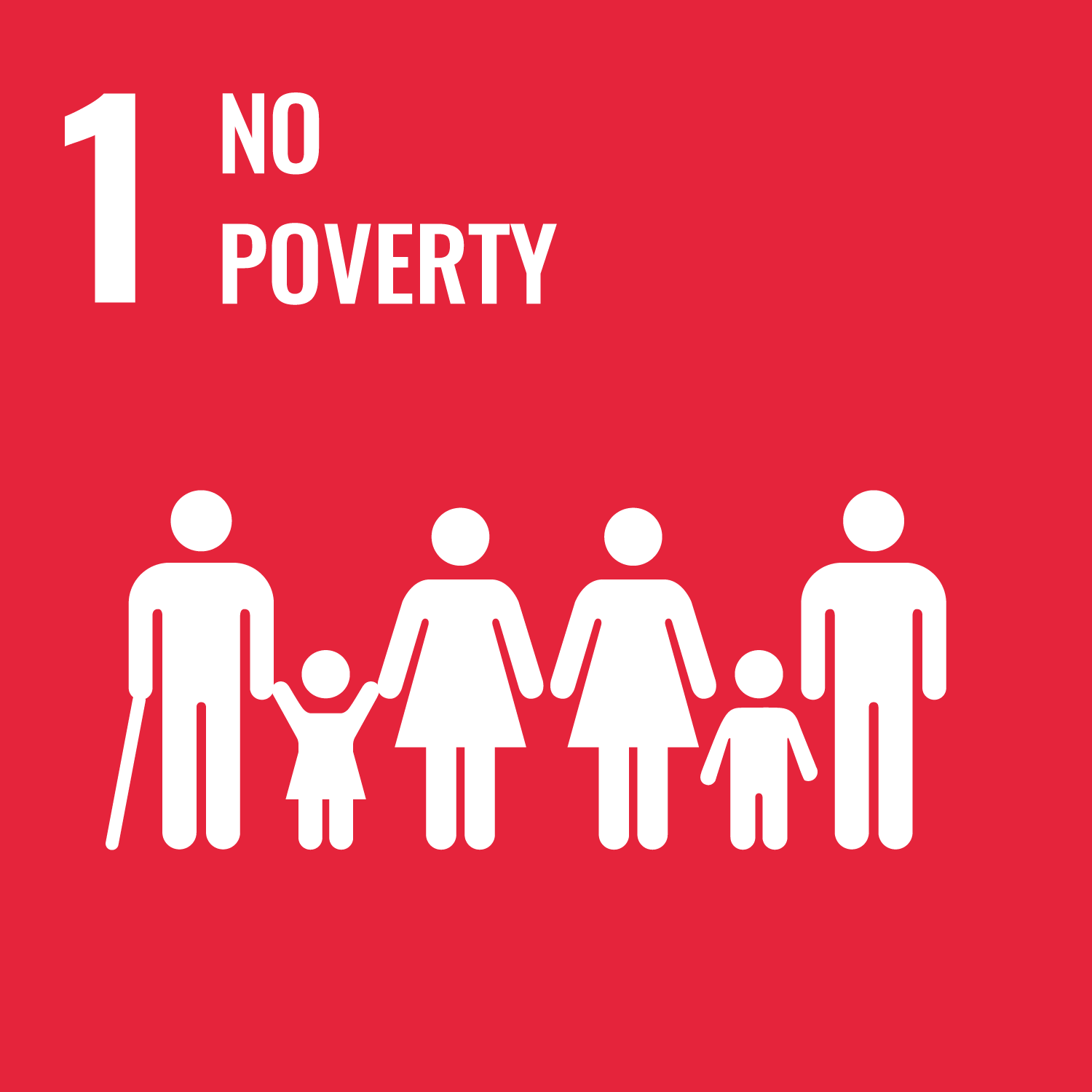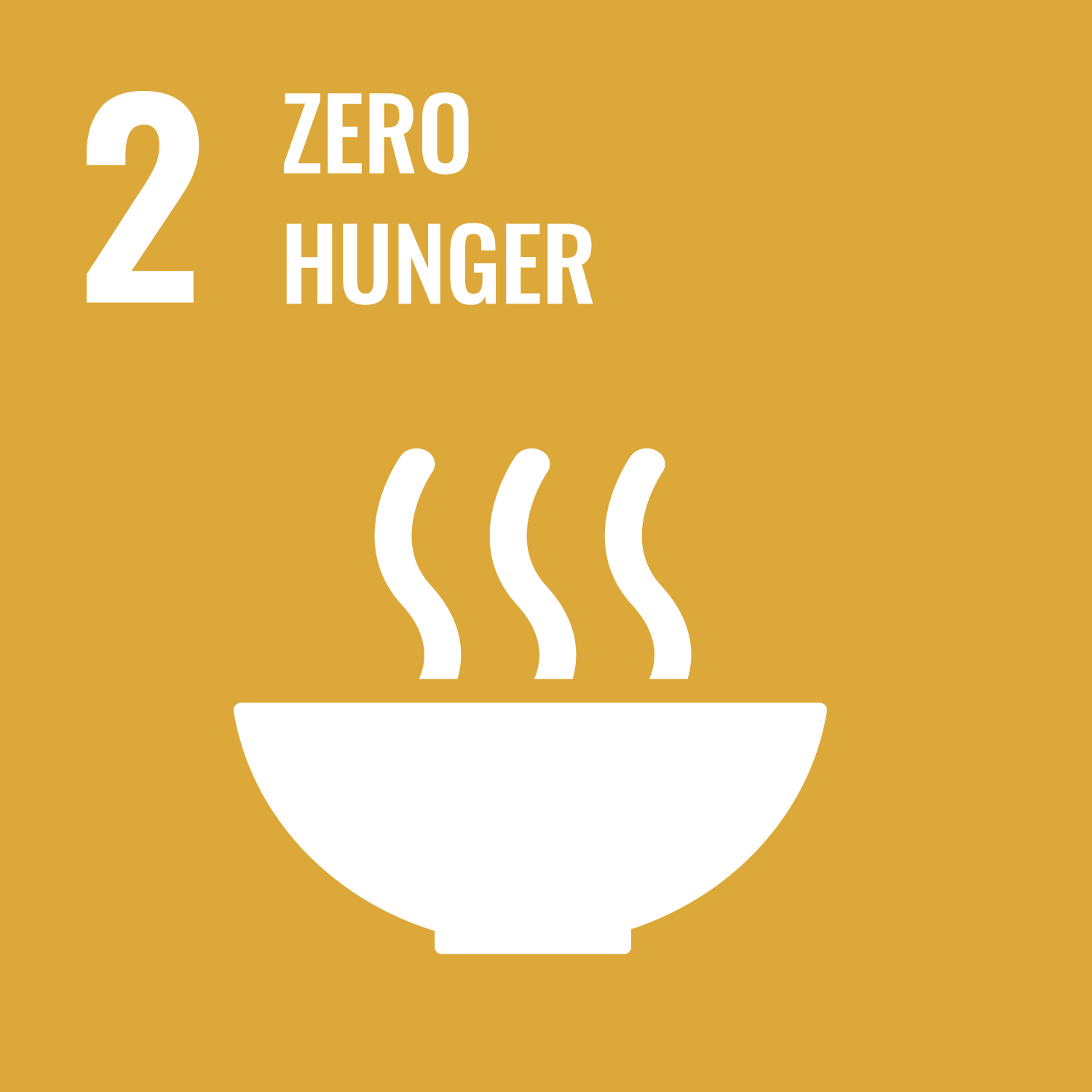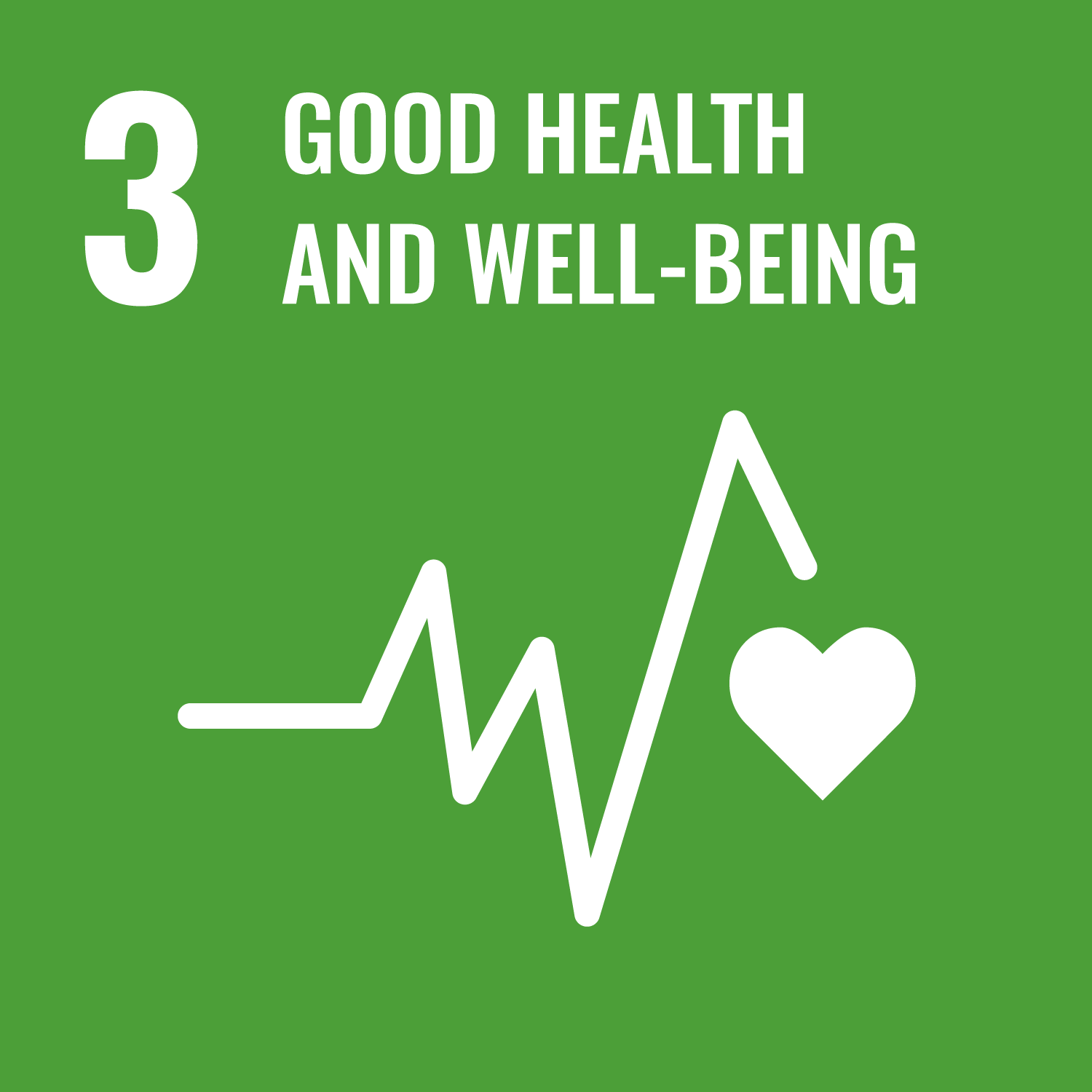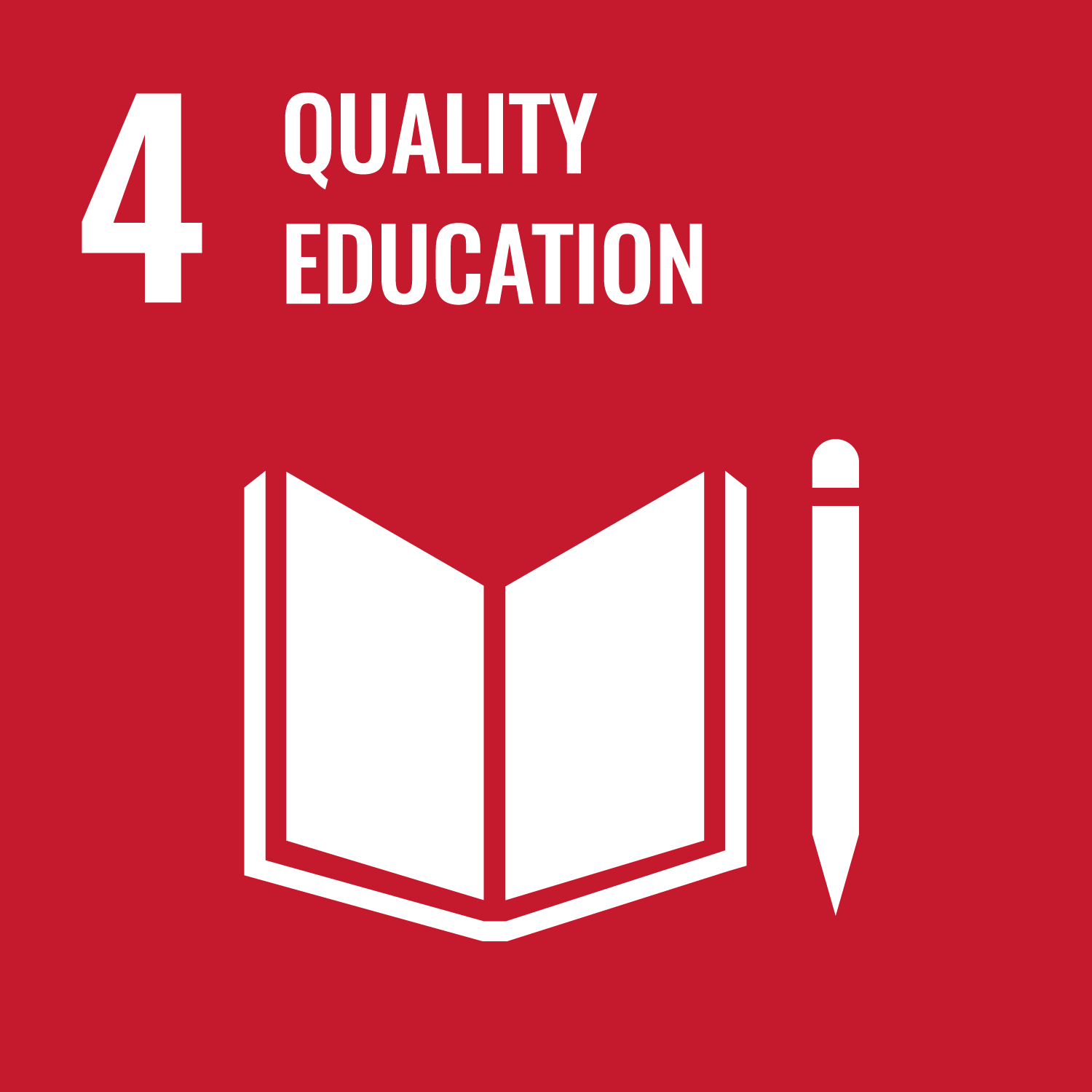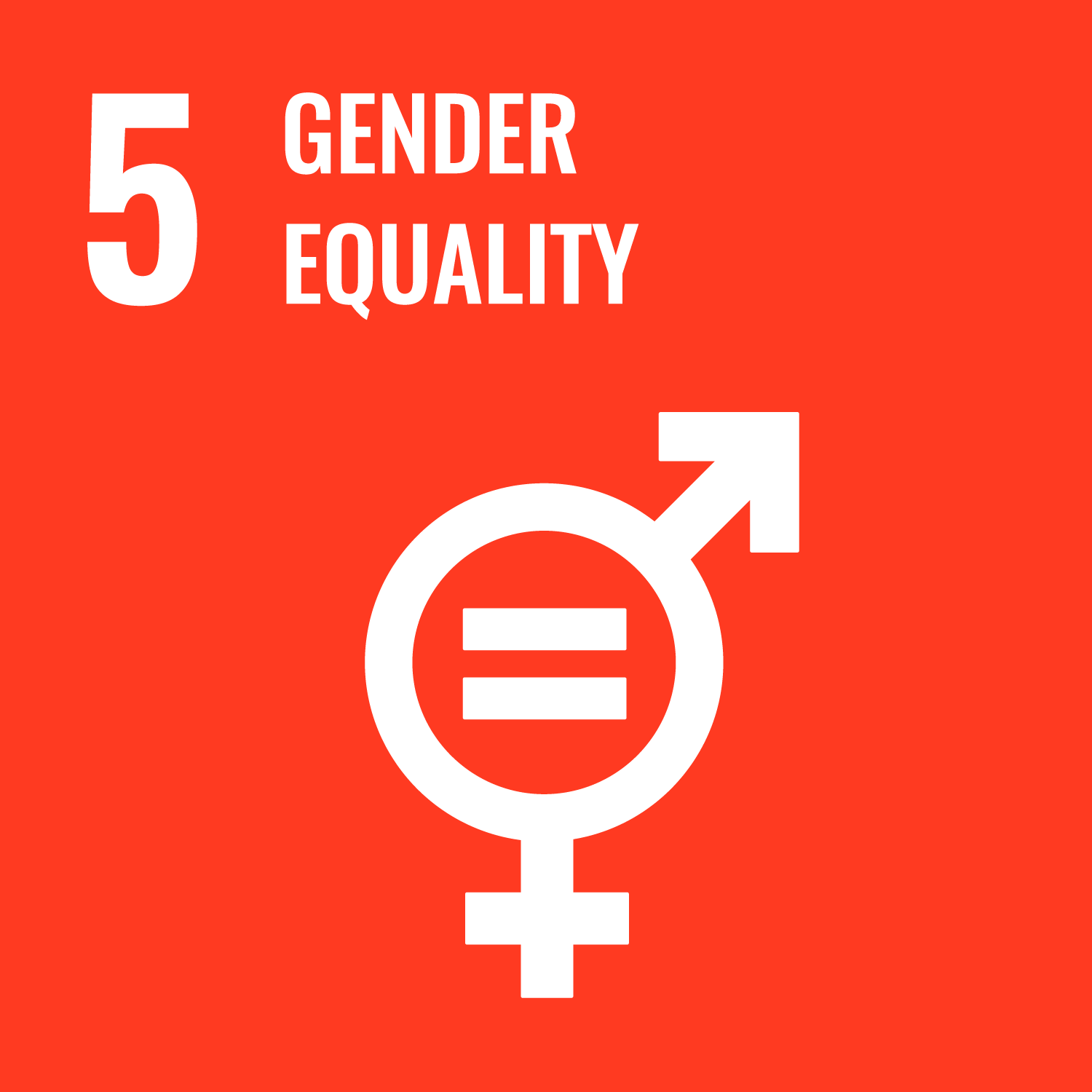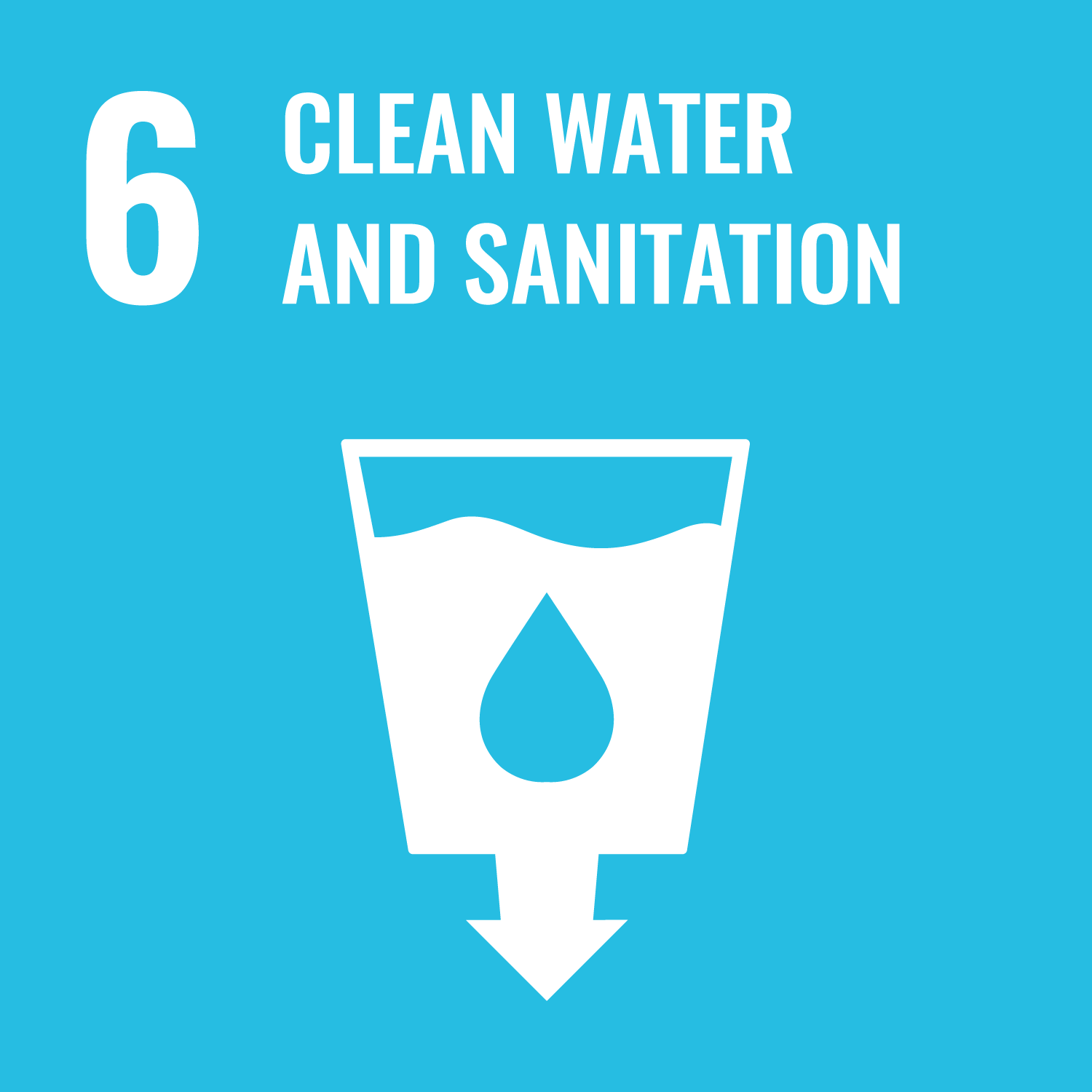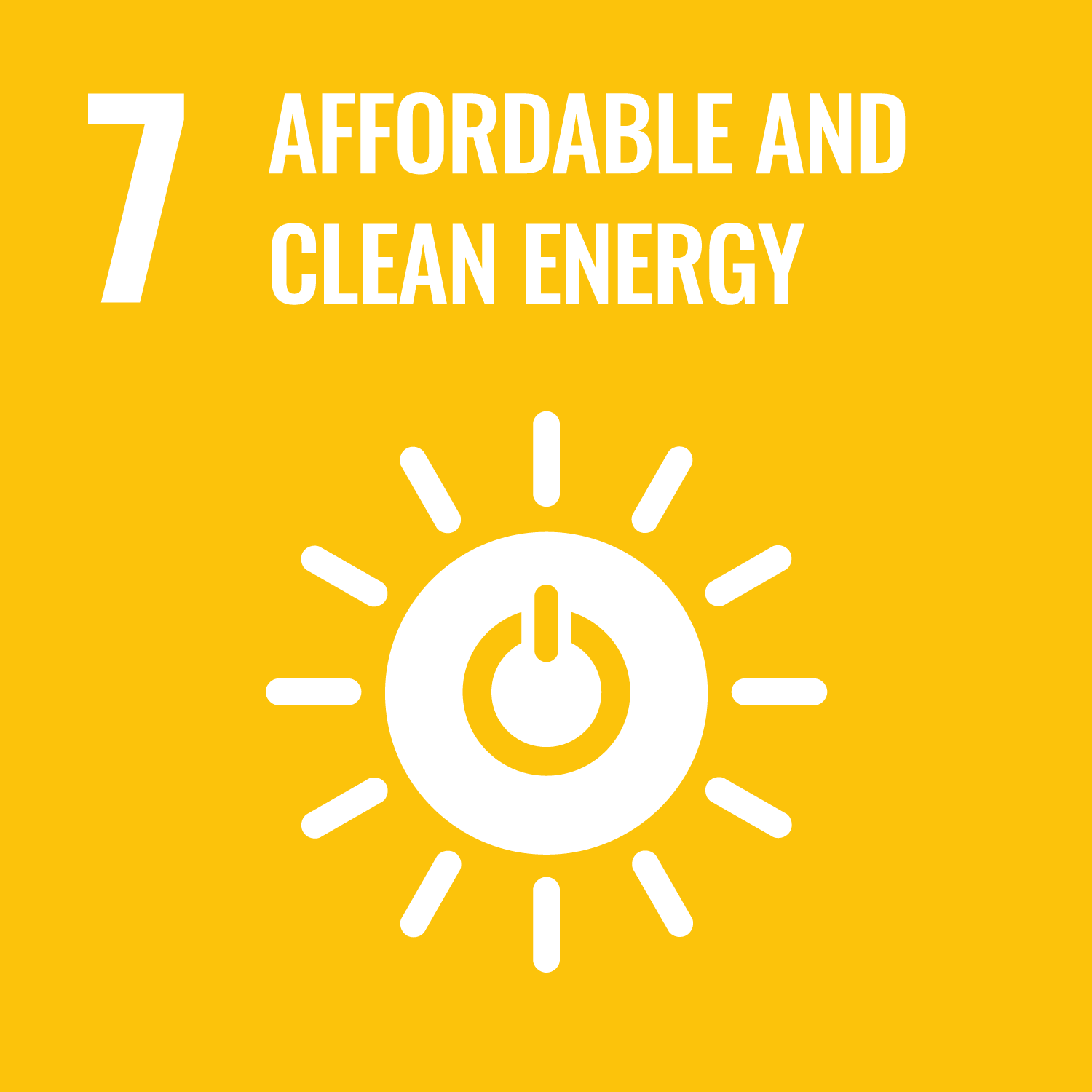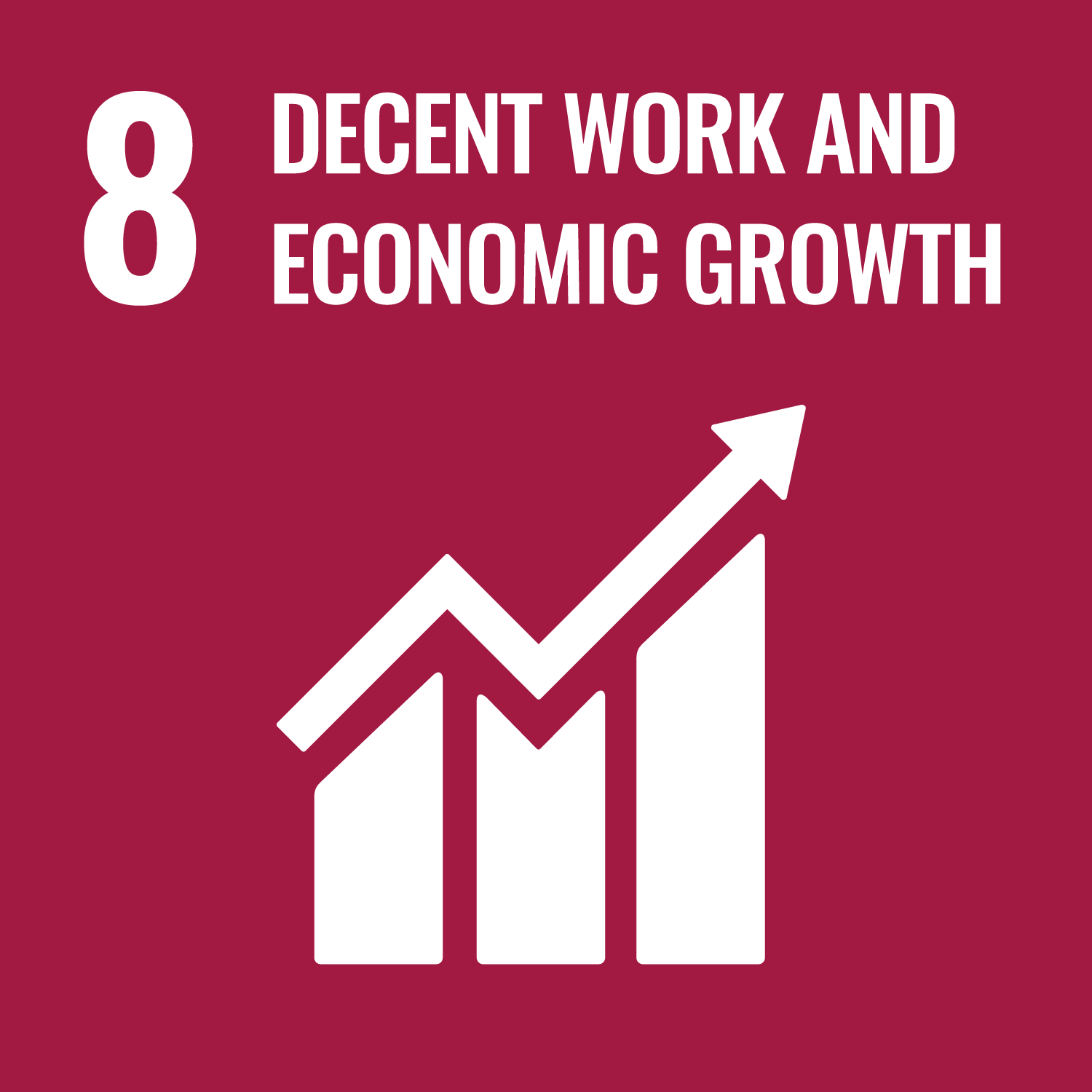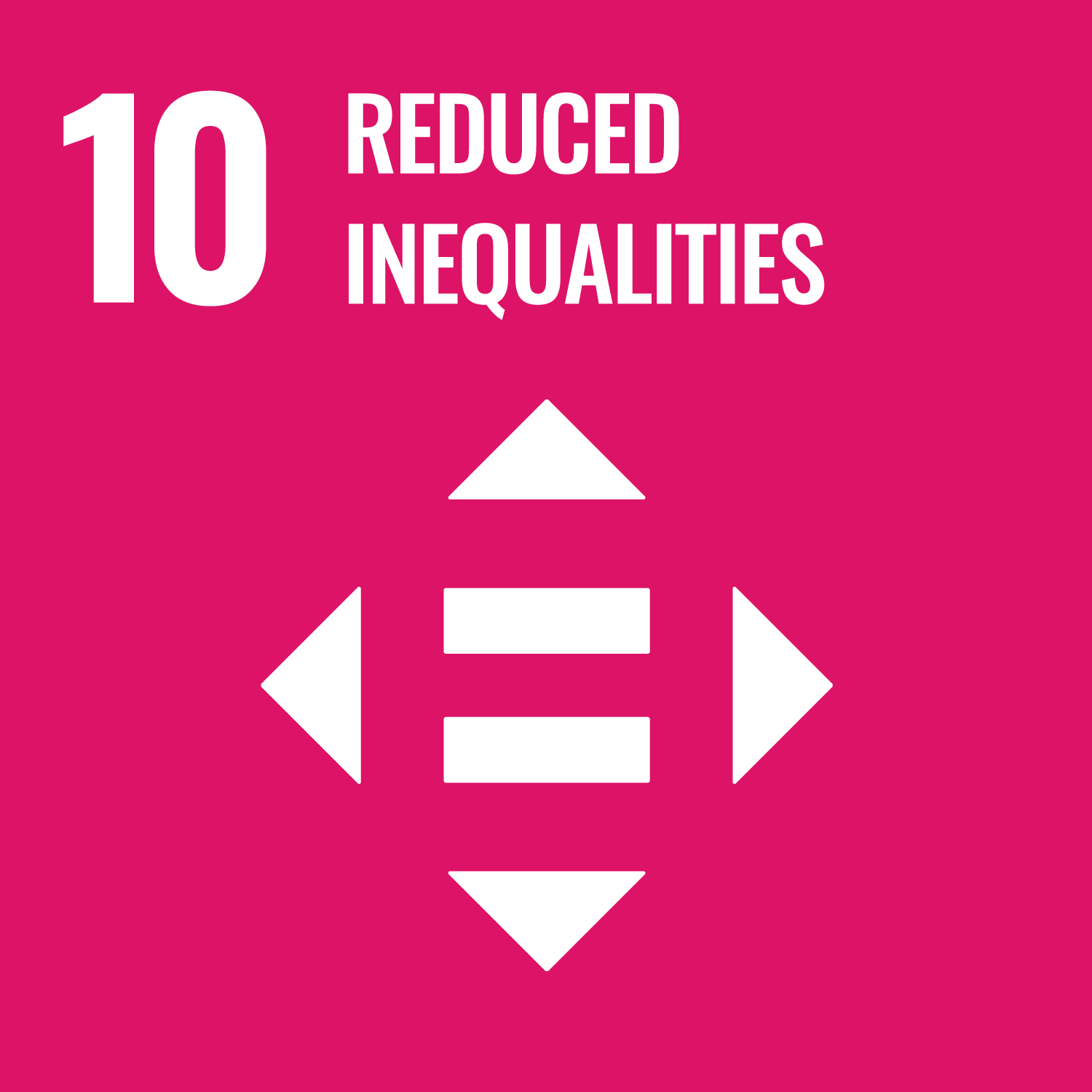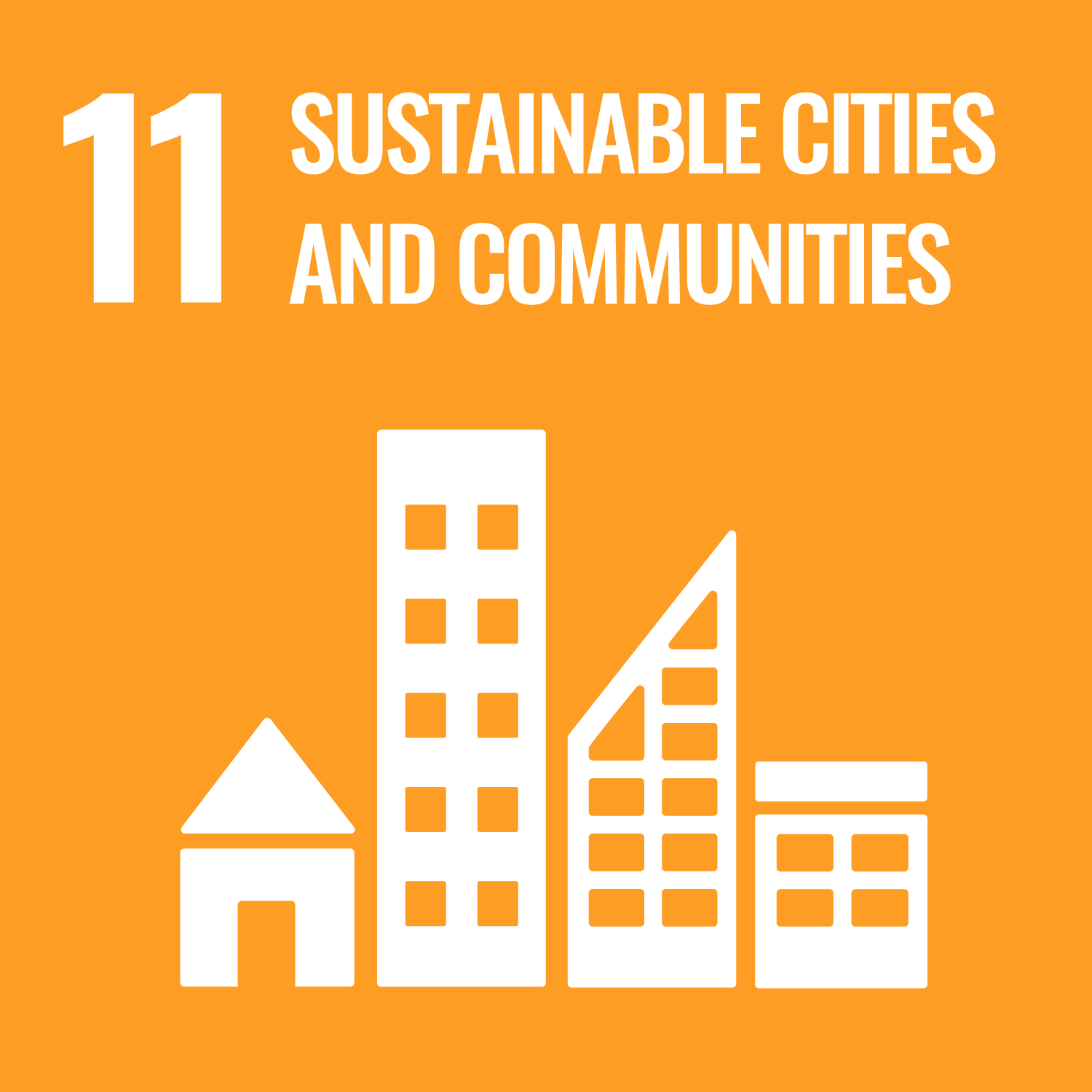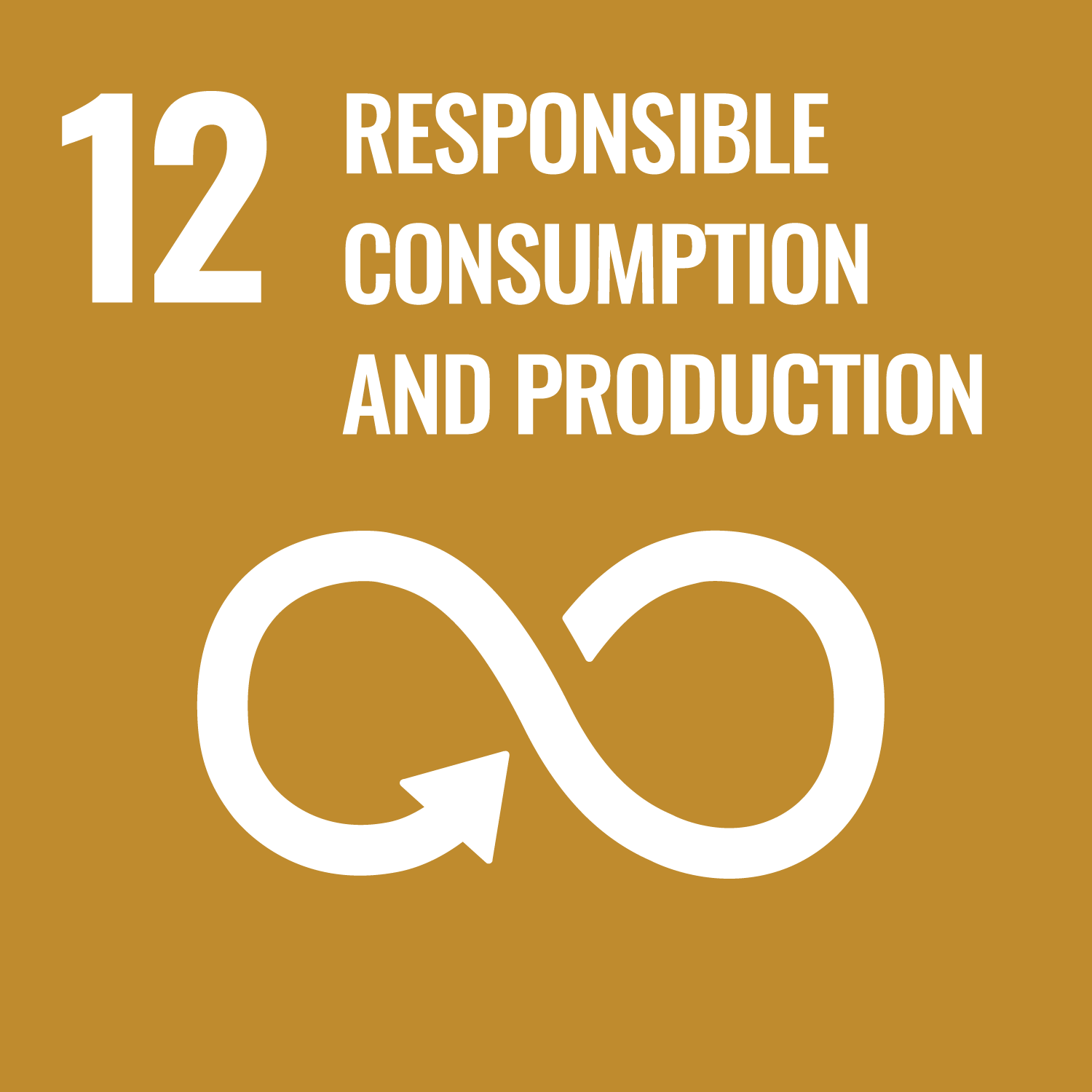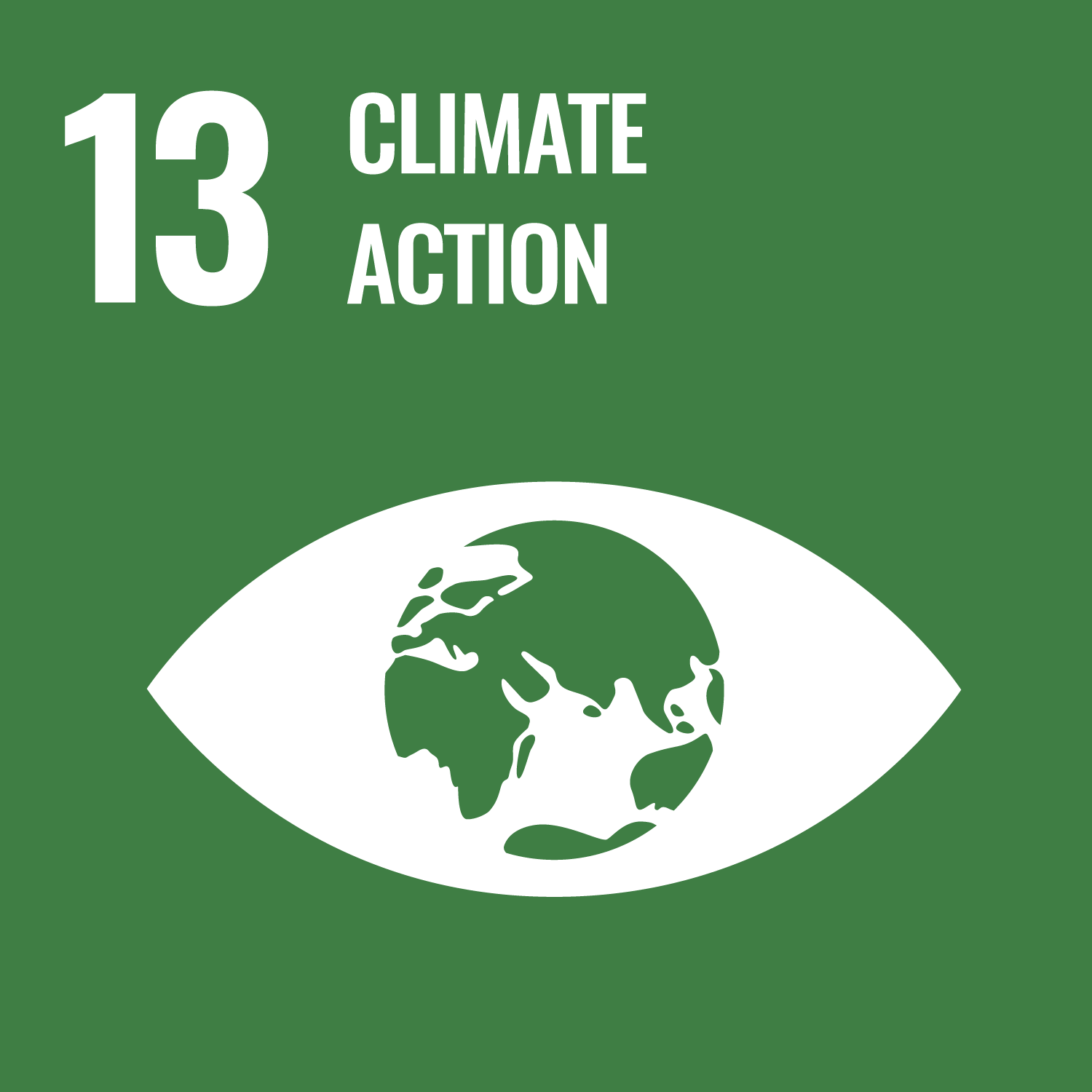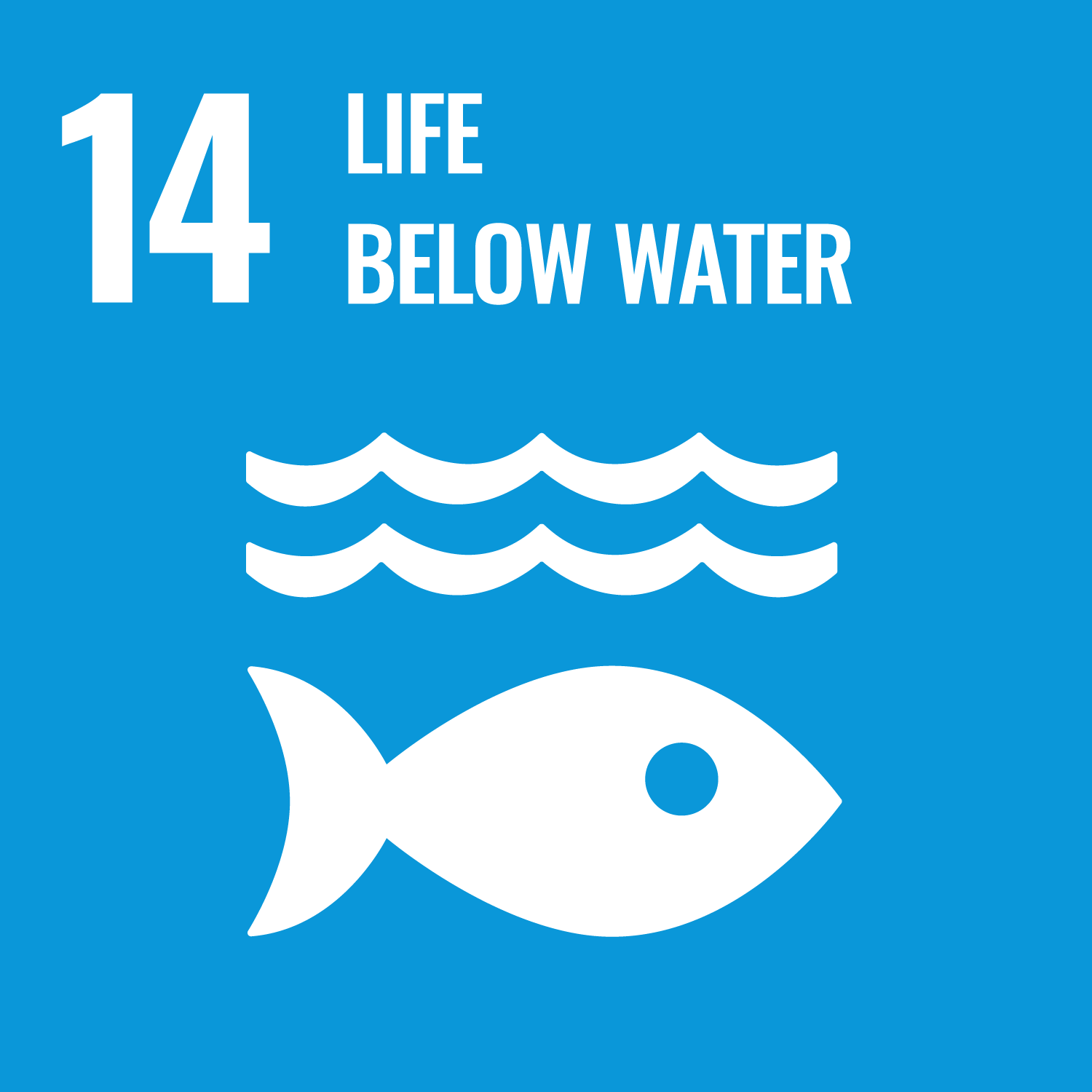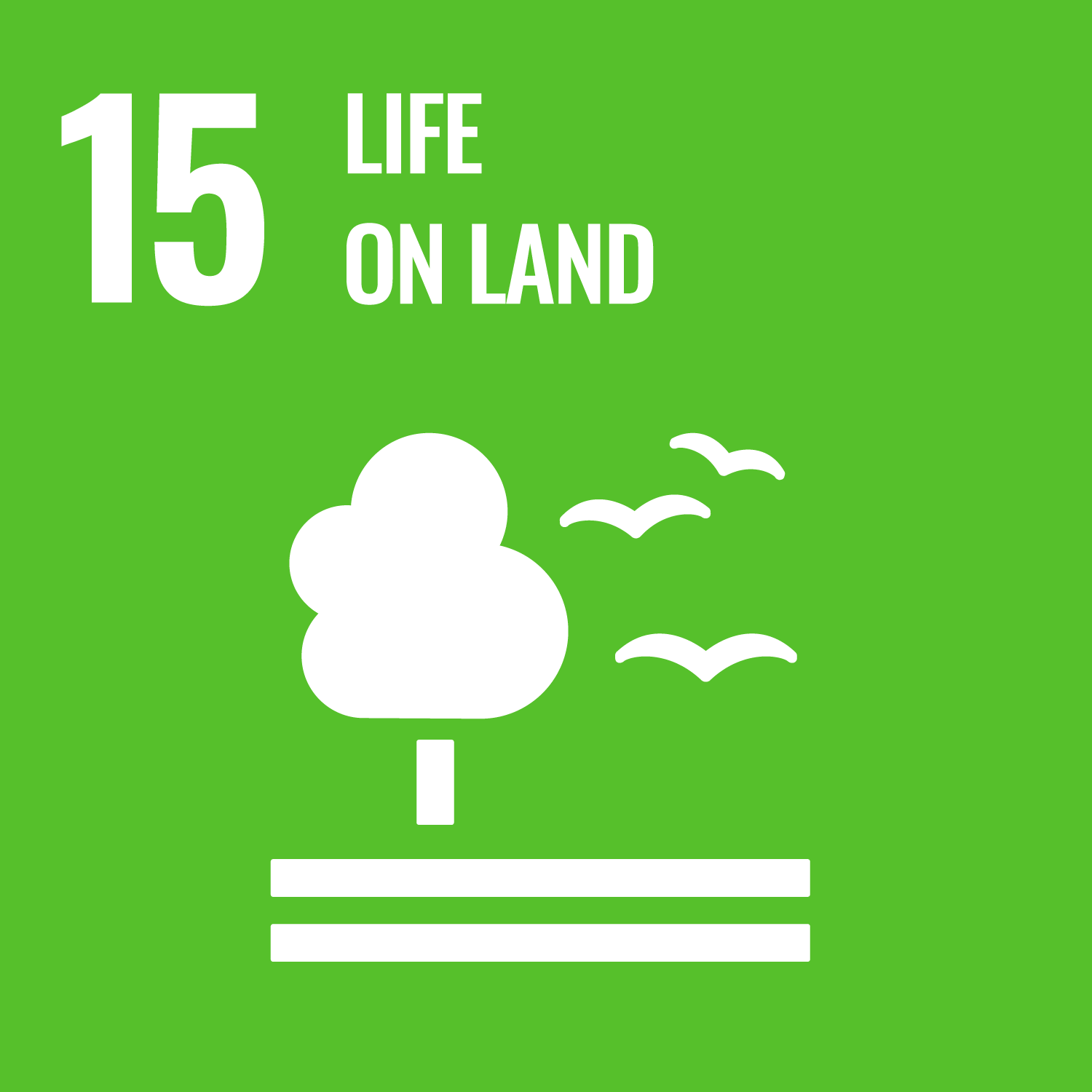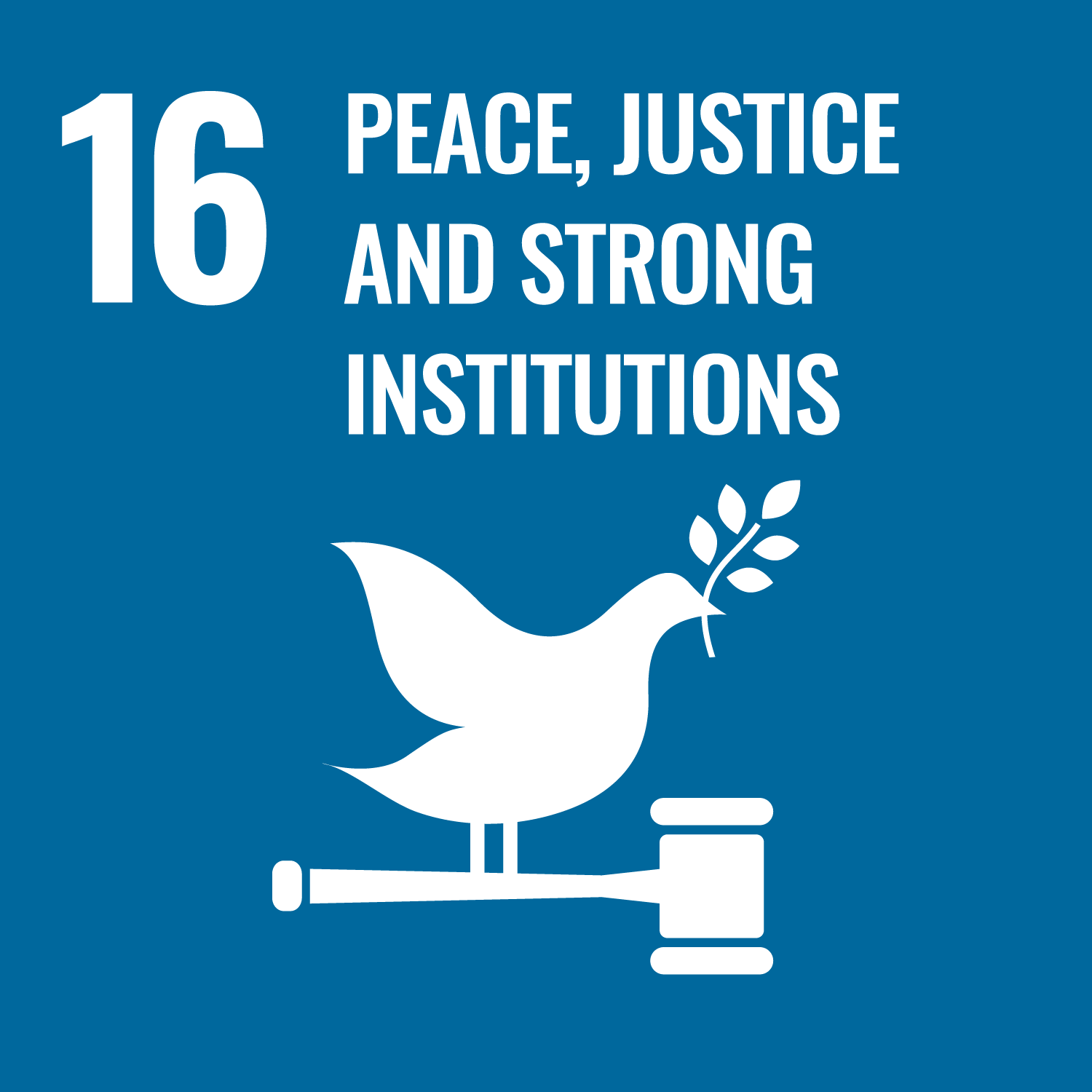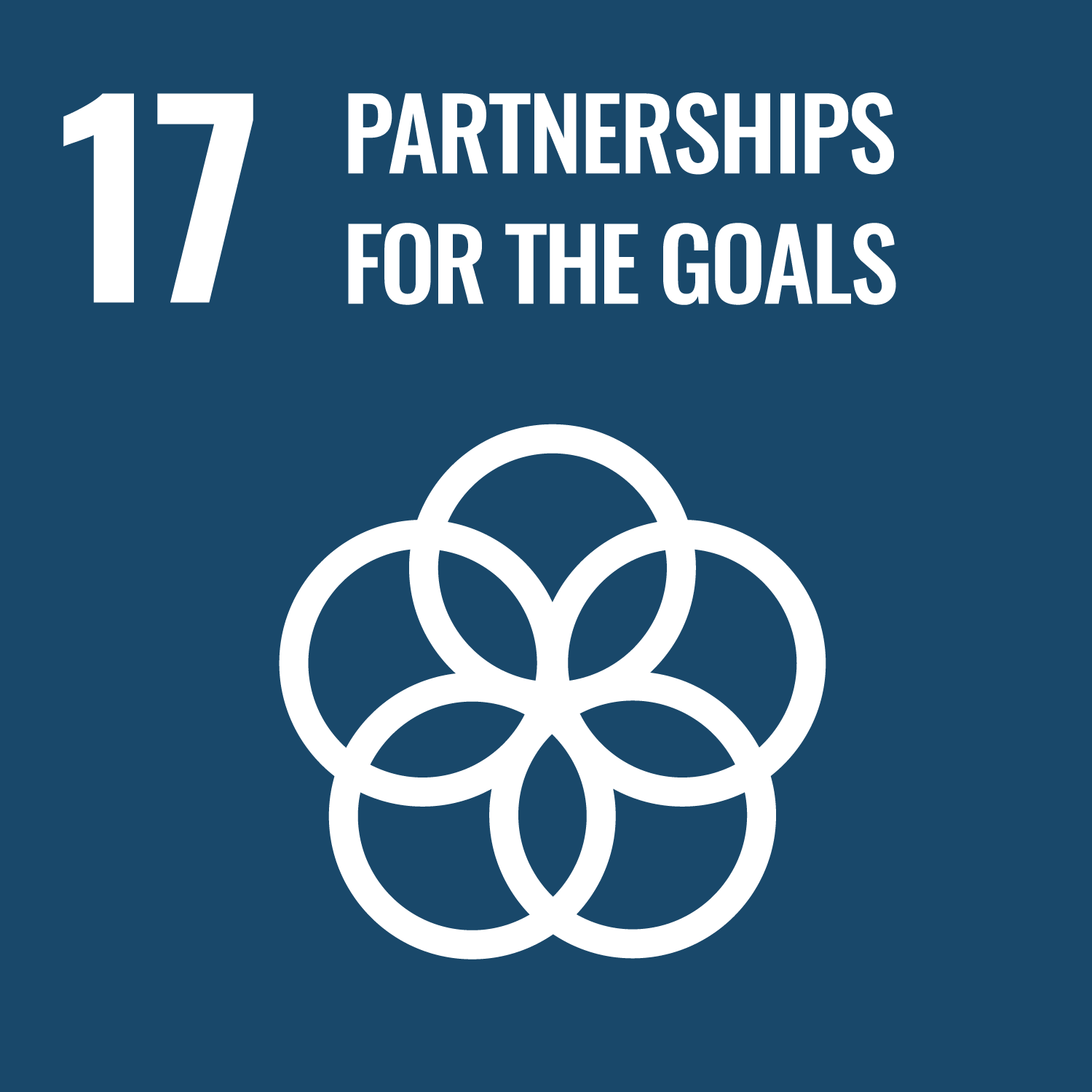What the Project Represents: Design for the Common Good
Design for the Common Good is all about making a point—quite literally. The project is run by Make a Point, an experimental center for research, practice, and study of common good design and related social technologies. It champions the idea of a fairer and more sustainable world through innovative social design and interdisciplinary new methods. With a focus on not just creating products, but building solutions that work for both people and the planet, the initiative blends systemic thinking with participatory strategies. In a world where “doing the right thing” counts, this approach is about considering SDG, ESG, empathizing with stakeholders, system mapping, and finding common good opportunities… while also ensuring that design is done right through cross-disciplinary co-creation, prototype testing, and practice-based evidence.
Main Benefit: Empowering Fairness and Sustainability
The project’s impact is grounded in a set of clear benefits and key figures that highlight its commitment:
- BCorp Score: 100.7 – an indicator of strong social and environmental performance.
- Three facets of Common Good Design:
- Corporate Common Good: Profit through purpose.
- Public Sector Common Good: People-centered initiatives.
- Capital Common Good: Shared value creation.
- An ecosystem that ranges from public, charitable innovation to professional, customized consulting and scalable, standardized accelerators.
- Extensive partnerships that involve local enterprises, foreign companies, universities, international and non-profit organizations, along with committed advocates for business for good.
Exploring Social Technologies and Interdisciplinary Methods
By relying on social technologies that innovate continuously, the project illustrates an unwavering commitment to common good design. This means using methods that are as much about empathy and stakeholder engagement as they are about scientific analysis. “Doing the right thing” is more than a slogan—it involves systematic mapping of social needs, integrating SDG and ESG measures, and searching for opportunities that bridge profits and purpose. It’s a blend where “doing design right” comes in with hands-on, cross-disciplinary co-creation, prototype testing, and practice-based evidence. The approach embraces a style that at times simplifies complexities with a casual pause… reminding every collaborator that enhancing society is both a science and an art.
Diverse Cases: Applications Across Sectors
A look at the selected cases reveals the real-world application of common good design. Whether it’s about condensing a corporate annual growth plan into an accelerated immersive experience, designing a playful board game to spark young children’s curiosity about sex and gender, or helping urban animals find their place in the ecosystem in parks—the solutions span multiple sectors.
Each project is an adventure in creative problem solving. For example, a case focusing on urban renewal asks, “How can young people in second-tier cities, without superior resources, achieve personal growth through empathy and social participation?” Another examines how elementary school campuses might be transformed into interactive playgrounds for waste sorting, championing low carbon environmental protection while encouraging community participation.
Collaborations and Core Members
The strength of Make a Point lies not only in its innovative design strategies but also in the robust network that supports it. The project works alongside diverse partners—from local enterprises and foreign companies to esteemed universities and international non-profit organizations. It embodies the spirit of business for good, ensuring that research, consulting, and design strategy all serve the ultimate mission of shared value and sustainable progress.
Contact information is transparently provided, offering a bridge between theory and practice. Email communication via hi@makeapoint.cn or direct messaging through WeChat (make-a-point) makes it accessible for those eager to learn more or get involved. The presence in Guangzhou, Shanghai, and Beijing further reinforces its strategic positioning across key urban centers.
Integrating a Multi-Level Ecosystem
At its core, the project is structured around a multi-level ecosystem designed to deliver impact at different scales. The ecosystem is divided into three main components:
• The Public Experiment Center: A public and charitable space that encourages experimental solutions.
• Make a Point Consulting: Geared for smaller groups (1-10 people) with a clear direction, pilot stage, and a cluster of designers and strategists offering professional and contextualized solutions.
• United Vision API2035: Designed for scaling with effective solutions in the replication stage, acting as an accelerator for common good standards—ensuring that inclusivity, standardization, and scalability are at the forefront.
This ecosystem demonstrates versatility and a commitment to impactful change across different domains, making every effort count toward a common goal.
Project Impact: Linking to the SDGs
- SDG 10 – Reduced Inequalities: Fostering inclusive solutions that ensure fair opportunities for all.
- SDG 11 – Sustainable Cities and Communities: Enhancing urban renewal and community participation.
- SDG 12 – Responsible Consumption and Production: Promoting waste sorting and low carbon practices in everyday settings.
- SDG 13 – Climate Action: Integrating sustainable practices into design for a greener future.
- SDG 17 – Partnerships for the Goals: Collaborating with a wide network of organizations to achieve shared value.
Further Exploration: Community and Future Vision
The dynamic and conversational undertone of common good design continues to influence ideas and initiatives beyond conventional boundaries. The case studies, partner collaborations, and the ecosystem’s multi-layered approach coalesce to form a framework where design, social design, and business strategy converge. This model is attuned to the pulse of modern challenges, proving that when social technologies and interdisciplinary methods are applied with genuine purpose, the results can be transformative.
The project’s practical output is not just an abstract concept—it is rooted in tangible applications from board games exploring cultural topics to initiatives that revitalise rural communities and enhance urban life. With its BCorp score of 100.7 acting as a benchmark for its commitment, Make a Point stands as a testament to what happens when thoughtful design meets the ambitious goal of a better, more sustainable world. The approach remains engaging, down-to-earth, and innovative, much like a conversation that shifts from serious planning to creative storytelling in the middle of a brainstorm session…

